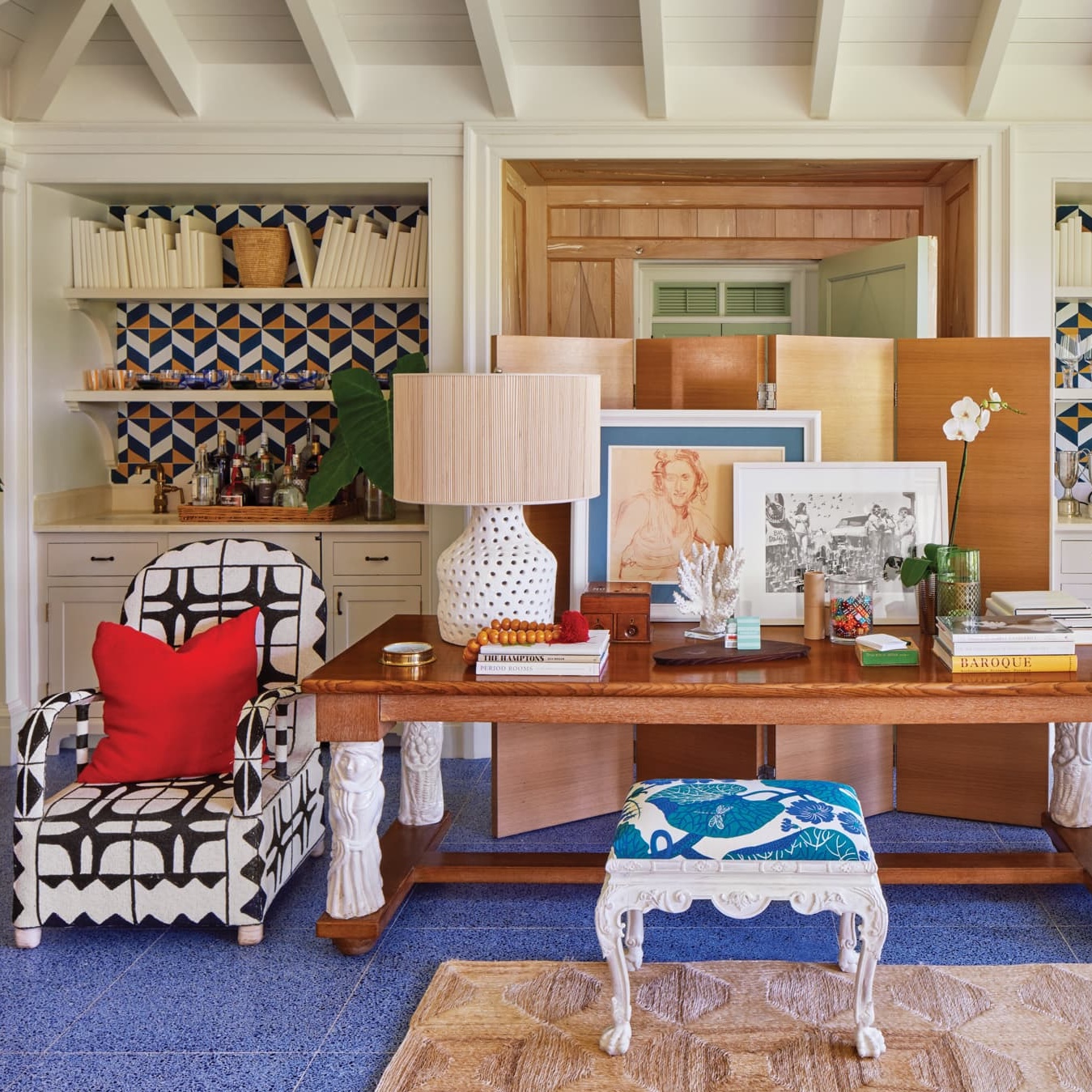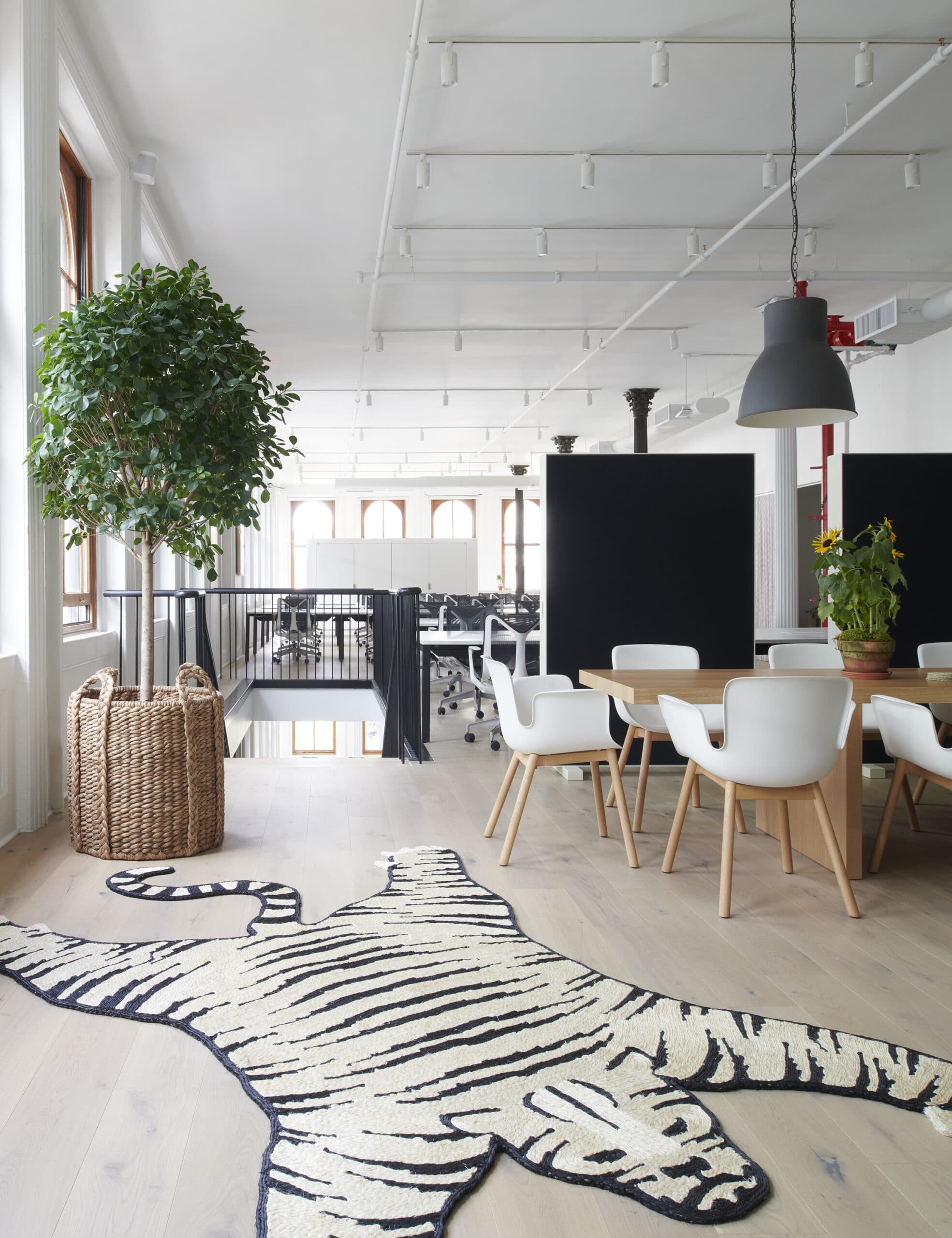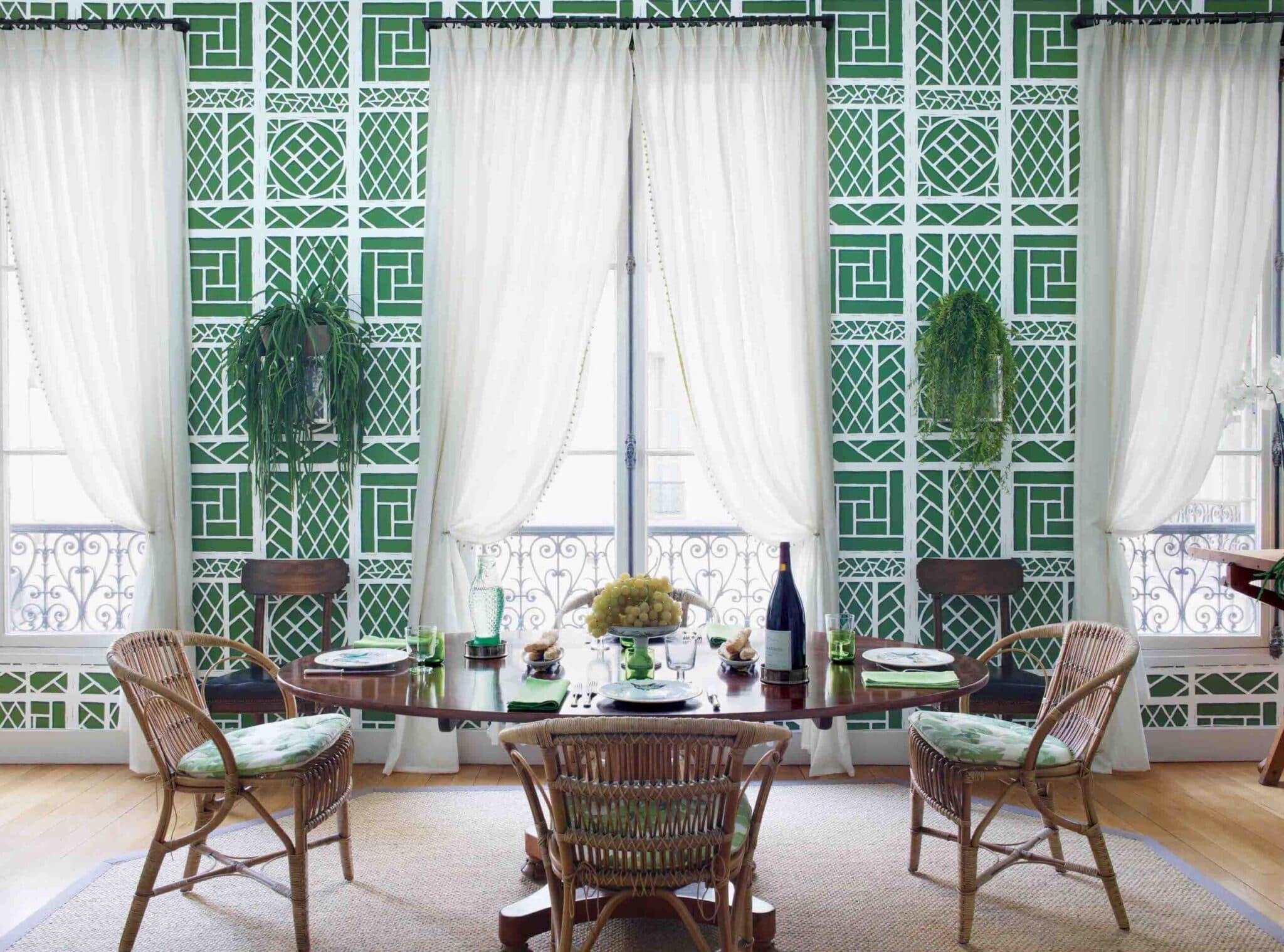
Lampshades can be vexingly difficult (and anxiety-inducing!) to get right—what size, shape and material will work best? To solve for this, we went straight to New York-based design pro Nick Olsen to get his tips, tricks and secret sources for finding the oh-so-perfect look for every situation.

Scale
“There’s no exact lamp-to-shade formula since there are so many potential combinations. Whenever possible, bring the lamp with you to the shade store to try them together in person, or be prepared to keep exchanging the shade until you find the Goldilocks one that is just right. Christopher Spitzmiller‘s lamps, below, are excellent examples of the proper lamp-to-shade fit. Not only are the bases gorgeous, but he chooses the perfect shade shape and proportion for each style—and there are many!”
Height
“When you look at a lamp at eye level, the shade should cover all the metal parts around the bulb and the light switch. Most shades are supported by metal harps, and these are available in different heights at half-inch increments, so you can adjust the height of your shade as needed. There are also special risers and clip-on hardware that raise or lower a shade.”

Details
“I hate hate hate chubby tape edges on fabric shades, especially on small chandelier shades, where the proportions of that look especially jarring. I always say, ‘Thin is in.’ Think thin paper or fabric tape edges or borders, thin pleats, simple finials and so on.
View this post on Instagram
Style
“Not all lamp shade styles are created equal! Bell-shape shades with fringe might look appropriate on a set of a Western movie or a kitschy bar, but I don’t want any in my home. The empire and coolie shapes are my perennial favorites, as is the tapered rectangle. I have a personal aversion to drum shades but do understand that they look appropriate on some midcentury lamps.”
Materials
“While I love the current trend of colorful printed fabric shades, when in doubt, simple and natural materials often work best. I use paper in pure white, ivory or black (especially for city apartments); brown kraft paper; solid-color silks in a side-pleat or box-pleat design; and all colors of lacquer. I never buy ‘string shades’ or anything made from grasscloth, slubby raw silk or any synthetic material.”























